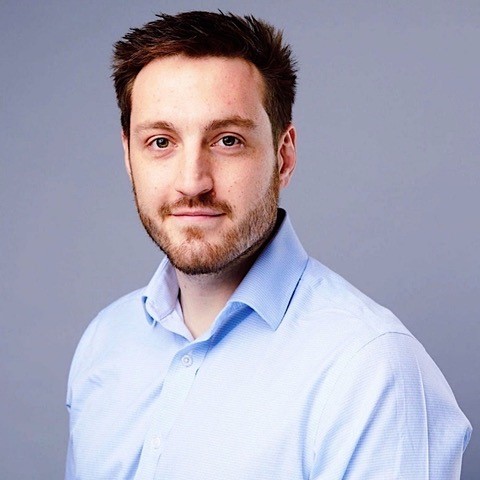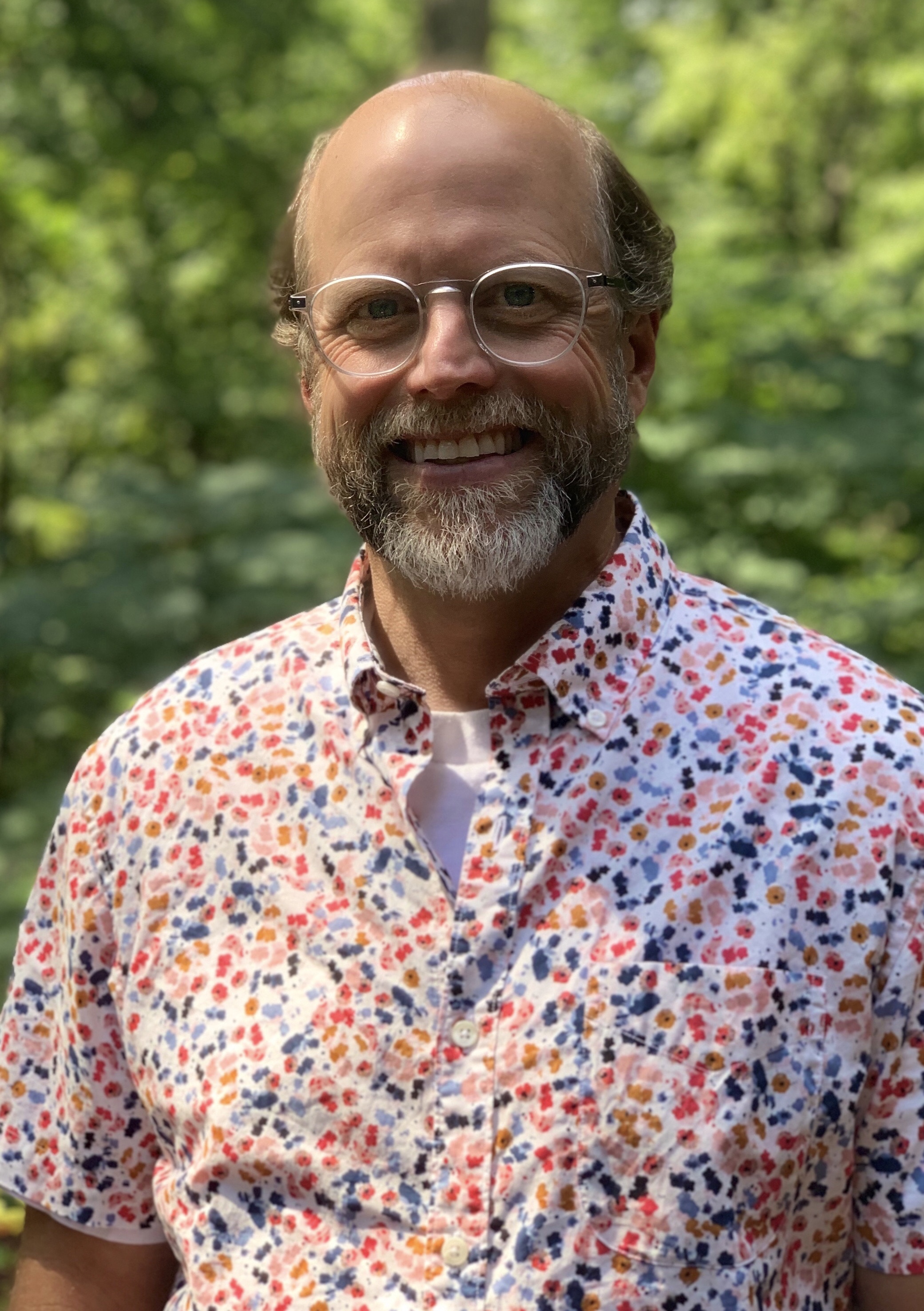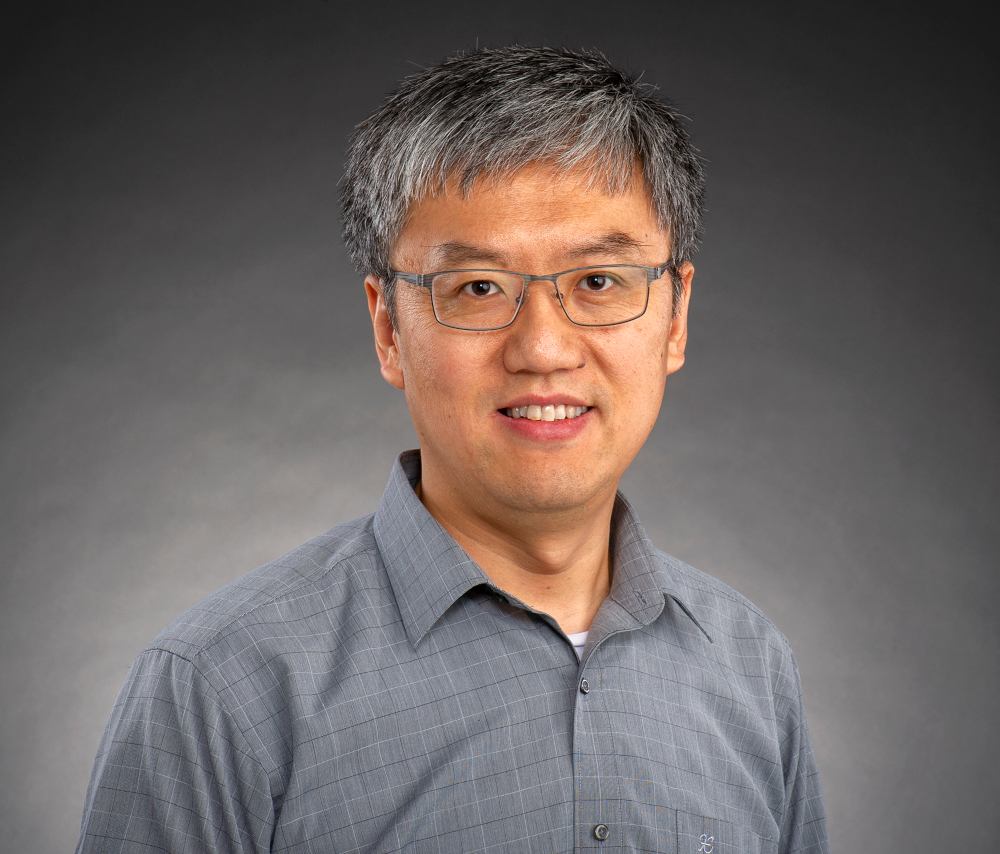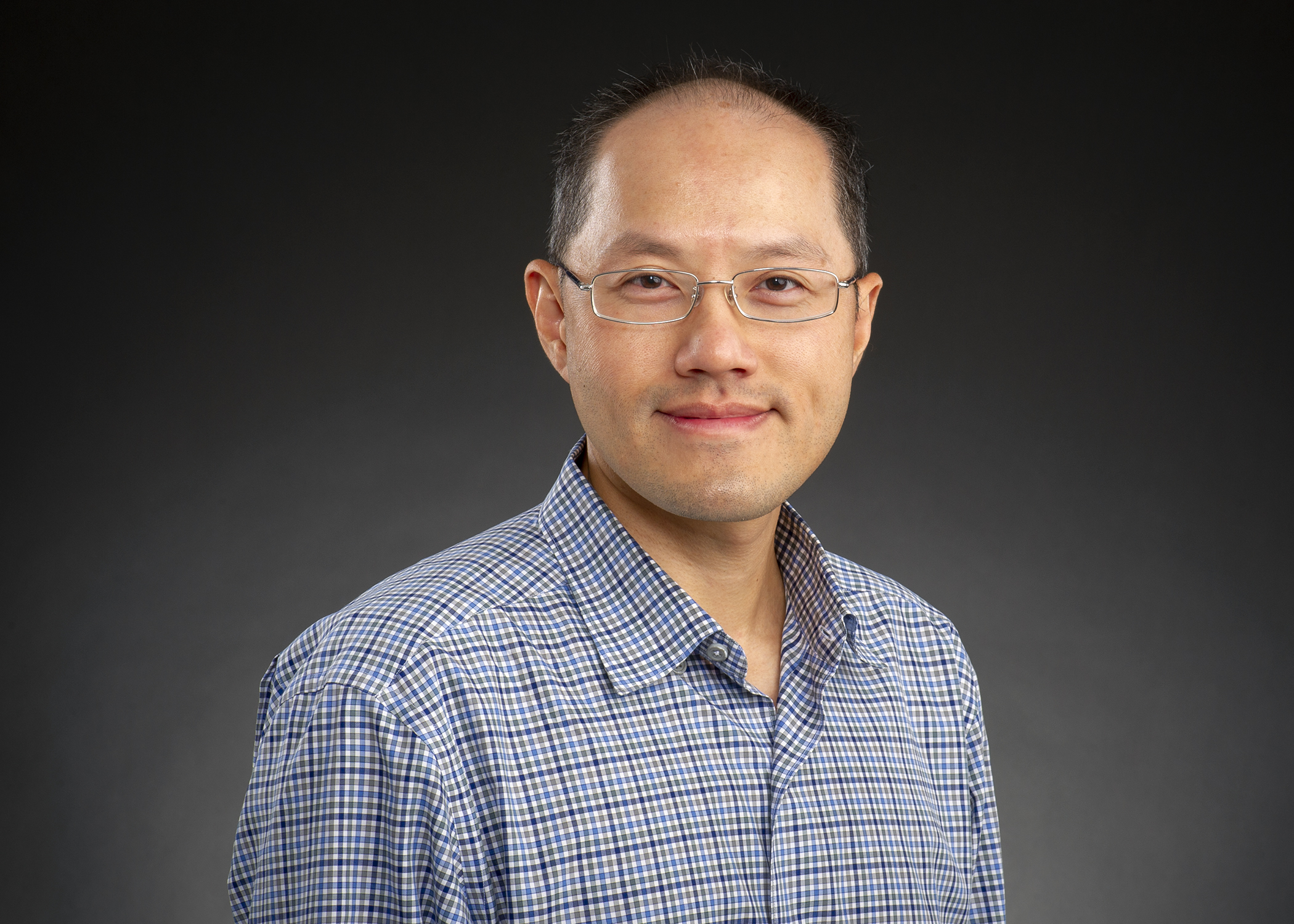WEBINAR
Accelerating Primary Genomics Analyses for Big Data Challenges
The Center for Applied Bioinformatics (CAB) at St. Jude Children’s Research Hospital faces multiple workflow bottlenecks in standard and primary genomic analyses due to the exponential growth in data and increasing diversity in types of genomic data. In close collaboration with the NVIDIA Clara™ Parabricks team, St. Jude has leveraged high performance GPU computing to increase throughput in volumetric data processing and speed up time-sensitive genomic studies.
maincontent goes here
Content goes here
content goes here
Content goes here
Content goes here

As product manager for NVIDIA Clara Parabricks software, a computational framework for high-throughput genomics analysis, Harry works at the interface between engineering and product development, leveraging NVIDIA’s expertise in AI, high performance computing (HPC), and data analytics stacks to address genomics workflows with accelerated high-accuracy solutions. His background is in bioinformatics and functional genomics, including a PhD from the University of Oxford, post-doctoral experience in the biopharma industry and at the University of Cambridge, and entrepreneurial experience in the biotech sector. Harry was listed in Forbes’ “30 Under 30” after co-founding precision oncology company CCG.ai (acquired by Dante Labs), a Y Combinator and Merck Accelerator-backed start-up delivering decision support via deep learning and advanced analytical software.

Tim Harkins, PhD, has over 20 years of experience in the genomics industry, helping build and lead both commercial and R&D teams to bring new instruments, reagents, and software systems to the market. These technologies include the first commercial microarray for gene expression studies, the first real-time PCR platform for gene expression, genotyping, and pathogen detection, and the first next generation sequencing platform. With over 60 peer reviewed publications that describe a wide array of genomic applications, Tim has been involved with some of the industry’s leading projects, including cancer profiling, conservation of endangered animals using genomics, and pathogen detection. You can see him on the NOVA special about the 5,000-year-old murder of Otzi, the Iceman.

As a trained astrophysicist, Dr. Yawei Hui has spent much of his early career, first at Johns Hopkins University and later at the Oak Ridge National Lab, exploring the universe for special celestial objects that emit strong X-rays. With experiences accumulated in computing and analytical modeling, he took a significant turn to focus on designing and implementing HPC/supercomputing workflow and data management system and algorithm development. Now, at the Center for Applied Bioinformatics at St. Jude Children’s Research Hospital, he’s applying all his expertise to understand biomedical data and develop efficient and powerful systems to accelerate scientific discoveries in childhood diseases.

At St. Jude Children's Research Hospital, Ti-Cheng Chang is the principal bioinformatics scientist and group lead of the genomics team at the Center for Applied Bioinformatics. His research endeavors mainly focus on leveraging genomic information to understand the etiology of diseases. He recently developed computational algorithms to characterize alleles in highly polymorphic genomic loci and predict neoantigens for cancer immunotherapy. He has also been actively exploring the association between metagenomic dynamics and clinical outcomes.
Content here
Webinar: Description here
Date & Time: Wednesday, April 22, 2018